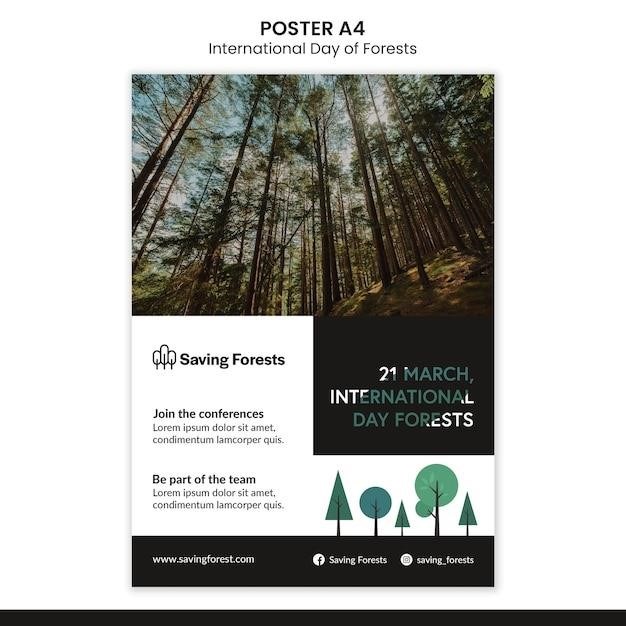The History of “Fifty Common Trees of Indiana”
The classic and trusted book “Fifty Common Trees of Indiana” by T.E. Shaw was published in 1956 as a user-friendly guide to local species. Nearly 70 years later, the publication has been updated through a joint effort by the Purdue Department of Forestry and Natural Resources, Indiana 4-H, and the Indiana Department of Natural Resources.
The Original Publication
The first edition of “Fifty Common Trees of Indiana” was published in 1956 by T.E. Shaw, one of the first Indiana Extension foresters. This publication was designed to be an accessible resource for young Hoosiers, beginners in forestry, and tree enthusiasts alike. Shaw’s goal was to create a user-friendly guide that would help people identify and learn about common trees in Indiana. The book’s simple methods of identification, combined with its clear illustrations, made it an invaluable tool for generations of Hoosiers. The original publication was a testament to Shaw’s dedication to sharing his knowledge of Indiana’s natural resources and fostering an appreciation for the state’s diverse tree species.
The 2004 Update
In 2004, “Fifty Common Trees of Indiana” received a much-needed update. This revised edition was a collaborative effort between the Purdue Department of Forestry and Natural Resources, Indiana 4-H Youth Development, and the Indiana Department of Natural Resources. The updated publication aimed to reflect the changing landscape of Indiana’s forests and provide a more comprehensive guide to tree identification. The 2004 edition incorporated new scientific information, updated illustrations, and expanded descriptions of the trees, making it an even more valuable resource for tree enthusiasts and professionals. The collaboration between these organizations underscored the importance of promoting tree education and conservation in Indiana.
Identifying Common Indiana Trees
Identifying trees accurately is a key skill for anyone interested in understanding and appreciating Indiana’s natural heritage.
The Importance of Tree Identification
Knowing your trees is essential for a variety of reasons. For those interested in forestry, it’s crucial for managing woodlands sustainably. Understanding tree species allows for informed decisions regarding planting, harvesting, and overall forest health. For nature enthusiasts, tree identification enriches the experience of exploring the outdoors. Recognizing different species adds depth to hikes, nature walks, and simply appreciating the beauty of the natural world. Furthermore, identifying trees can contribute to conservation efforts. By recognizing invasive species, individuals can help prevent their spread and protect native ecosystems. Tree identification is also a valuable tool for urban planning, ensuring the selection of appropriate species for landscaping and promoting biodiversity in urban environments.
Resources for Tree Identification
Beyond the “Fifty Common Trees of Indiana” guide, several resources are available for those seeking to expand their knowledge of Indiana’s arboreal diversity. The Indiana Department of Natural Resources offers valuable information on native tree species, including identification guides and conservation tips. Purdue University’s Department of Forestry and Natural Resources provides a wealth of research and educational materials, including online resources for tree identification. For those seeking a more hands-on learning experience, Indiana 4-H offers programs and workshops focused on tree identification and nature education. Additionally, numerous online resources, such as field guides, websites, and apps, provide comprehensive information on tree identification, allowing users to explore the diverse world of Indiana’s trees at their own pace.
Using “Fifty Common Trees of Indiana”
“Fifty Common Trees of Indiana” serves as a valuable tool for individuals of all ages seeking to learn about the trees of Indiana.
The Book’s Target Audience
The book’s primary audience is young Hoosiers, particularly those with an interest in the outdoors and a desire to learn about the trees that surround them. It’s designed to be accessible and engaging for beginners in the field of forestry, as well as for more experienced tree enthusiasts. Professor T.E. Shaw, one of the first Indiana Extension foresters, envisioned the book as an educational resource for individuals of all ages and backgrounds. This inclusive approach ensures that the book can be enjoyed by anyone interested in learning about the diverse tree species found in Indiana.
The Book’s Content
“Fifty Common Trees of Indiana” provides detailed descriptions of 50 important Indiana trees, each accompanied by illustrations for easy identification. The book doesn’t cover every tree found in Indiana, nor does it delve into winter identification. However, it focuses on the most common and significant species, making it a valuable resource for recognizing trees throughout the growing season. The book’s content highlights key characteristics of each tree, including its leaves, bark, flowers, fruits, and overall growth habit. This comprehensive approach helps readers distinguish between similar species and gain a deeper understanding of the unique features that define each tree.
The Impact of “Fifty Common Trees of Indiana”
“Fifty Common Trees of Indiana” has played a significant role in fostering tree appreciation and conservation efforts in the state.
The Book’s Legacy
The original “Fifty Common Trees of Indiana” has left an enduring mark on Hoosier tree identification and appreciation. Its clear, concise descriptions and illustrations have made it a beloved resource for generations of Hoosiers. The book’s accessibility and user-friendliness have sparked a passion for trees in countless individuals, from young children to seasoned naturalists. Its legacy lives on in the updated version, which continues to build on the foundation laid by the original. The book’s enduring popularity is a testament to its enduring value as a guide to the rich diversity of Indiana’s arboreal landscape.
The Book’s Influence on Tree Conservation
“Fifty Common Trees of Indiana” has played a significant role in fostering a sense of stewardship for Indiana’s woodlands. By introducing readers to the beauty and importance of local tree species, the book has instilled a sense of appreciation and responsibility for these natural resources; Its accessible format has made tree identification and appreciation accessible to a wide audience, empowering individuals to engage with and protect their local ecosystem. The book’s emphasis on recognizing common trees has sparked a desire among many to learn more about their environment and the importance of preserving its biodiversity. This, in turn, has inspired countless individuals to actively participate in tree planting initiatives, conservation efforts, and sustainable forestry practices.

Additional Resources for Tree Identification
Beyond “Fifty Common Trees of Indiana,” several organizations offer valuable resources for tree identification in the state.
Indiana Department of Natural Resources
The Indiana Department of Natural Resources (DNR) is a comprehensive resource for Hoosiers interested in learning about and protecting the state’s natural resources, including its trees. The DNR’s Community & Urban Forestry program provides information and assistance to communities and individuals on a variety of tree-related topics, including identification, planting, care, and management. They also offer educational materials and programs, such as workshops and guided nature walks, to help people learn more about Indiana’s diverse tree species.
Purdue University Department of Forestry and Natural Resources
Purdue University’s Department of Forestry and Natural Resources is a leading institution in the field of forestry education and research. They have played a key role in the development and dissemination of knowledge about Indiana’s trees, including the “Fifty Common Trees of Indiana” publication. The department offers a variety of resources for those interested in learning more about Indiana’s trees, including online publications, research articles, and educational programs. They also conduct research on tree health and management, and work to promote sustainable forestry practices in the state.
Indiana 4-H
Indiana 4-H is a youth development program that provides opportunities for young people to learn about agriculture, science, and other important topics. They have a long history of promoting environmental education and conservation, and have partnered with the Purdue Department of Forestry and Natural Resources to develop educational resources about Indiana’s trees. Indiana 4-H offers a variety of programs and activities related to trees, including tree planting projects, forest stewardship workshops, and nature walks. These programs help young people develop a deeper understanding and appreciation for Indiana’s forests and the importance of tree conservation.
